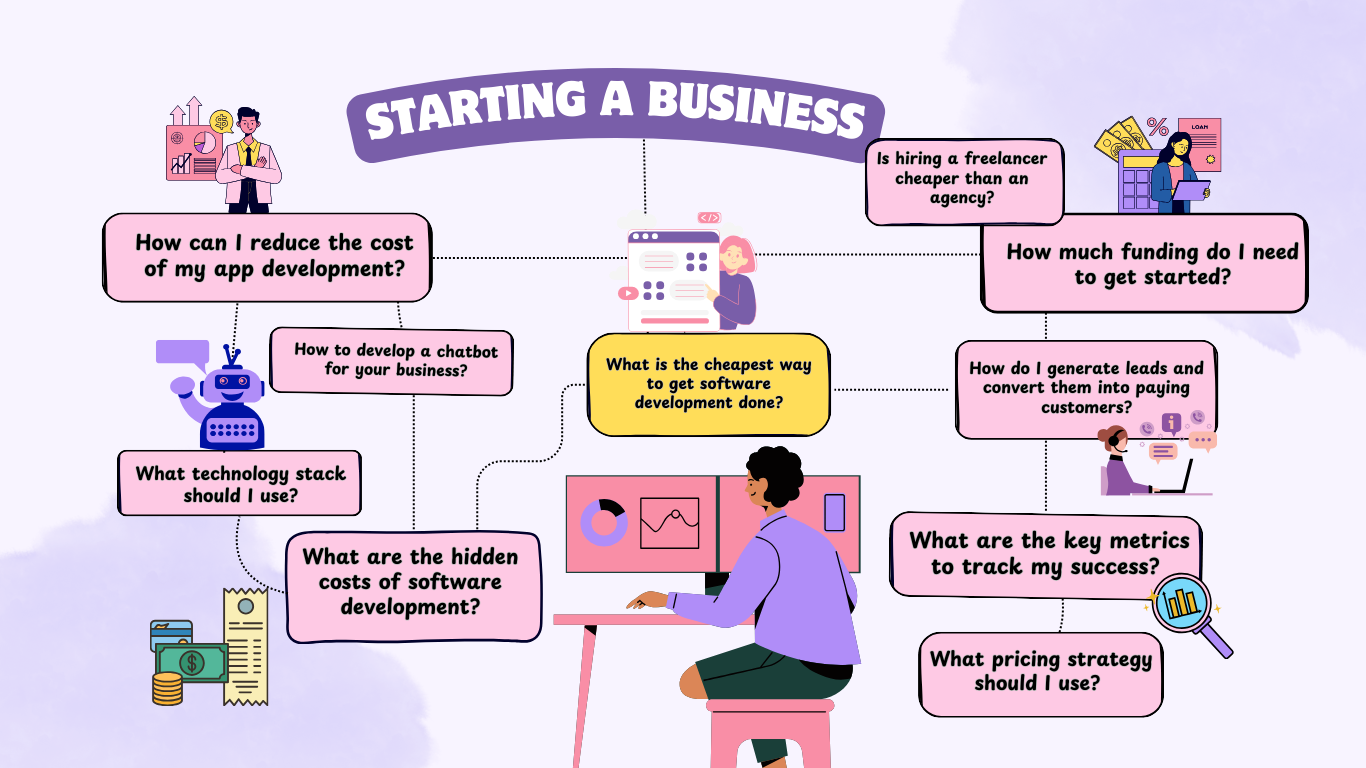7 Common Pitfalls in Software Development and How to Avoid Them
7 Common Pitfalls in Software Development and How to Avoid Them

For a software development project to come to fruition, it is necessary to embrace the power of technology and innovation as well as acknowledge potential pitfalls. Much aware to all, software development is a challenging process. It involves a plethora of steps — right from planning and design to coding and testing. Even the most skilled developers can encounter pitfalls that hinder the completion of software projects.
Recognizing these common pitfalls and understanding a way to avoid them can help ensure the success of your software projects. Drawbacks, such as improper planning and testing, and ignoring security concerns, can result in project delays, cost escalation and also compromised software integrity.
There is no doubt that thorough planning and setting clear objectives, timelines, and resource allocations reduce the likelihood of encountering any pitfalls. Technical bugs in the software code if any, can be uncovered through continuous testing. This is done to prevent costly fixes in later stages of development.
A report from WifiTalents pointed out that up to 70% of IT projects fail to meet their goals owing to exceeding budgets, missing deadlines, or failing to deliver the expected functionality. This blog will take you through some of the most common pitfalls in software development and strategies to avoid them.
Inadequate Planning
The Pitfall: Initiating coding without much planning is a bad idea. It can lead to issues like missed requirements, scope creep, and project delays. Thus, a comprehensive roadmap must be followed. It is important to keep clear sight of the project’s goals and objectives.
How to Avoid It: Work closely with stakeholders to understand and document all project requirements before launching the project. It is also a good idea to divide the project into phases, and timelines. Doing this will keep better tracking and monitoring. Identify potential risks in the early stage and accordingly devise mitigation strategies.
Poor Communication
The Pitfall: Lack of communication among team members, stakeholders, and clients is a common cause of misunderstandings, incorrect assumptions, errors, etc. As per reports by WifiTalents, miscommunication contributes to as much as 57% of projects that fail.
How to Avoid It: Conduct regular team meetings. Holding meetings to discuss progress, challenges, and changes within the project is important. Maintain an up-to-date project outline for all team members to access. Use tools like Slack, Trello, or Jira to enable easy communication and collaboration.

Scope Creep
The Pitfall: Scope creep is the gradual uncontrollable change in the project leading it far out of its original framework. The change can be regarding the modifications of conditions, stakeholder calls, or even incomplete planning. The chances of scope creep occur when new features or changes are added to a project without considering the impact on time, resources, and budget, resulting in delays and cost overruns.
How to Avoid It: It is important to clearly define the project scope in the very beginning and get stakeholder approval for the same. Implement a formal process for handling change requests, and impact assessment. Conduct regular project reviews to ensure the project is on the discussed schedule and within the well-defined scope.
Inadequate Testing
The Pitfall: Developers may overlook bugs while having to rush through the testing process. This can result in performance issues and security vulnerabilities in the digital ecosystem.
How to Avoid It: Create a comprehensive testing plan to avoid this pitfall. It must include unit testing, integration testing, system testing, and user acceptance testing. Automated testing tools can be used to increase efficiency and productivity. Continuous integration and supervision are a vital part of the process as well.
Not Prioritizing User Experience (UX)
The Pitfall: Users tend to become frustrated when the focus is solely on functionality while neglecting the user experience. UX is a crucial aspect especially when the software is too complex to use.
How to Avoid It: Curate a report on user research to understand their needs, preferences, and behaviours. Perform usability testing with real users to identify and address any usability issues. Use constructive feedback in each development cycle.
Inflexible Project Management
The Pitfall: Rigid project management techniques can make it difficult to respond to changes and new information.
How to Avoid It: Adopt methodologies which promote flexibility and iterative development. Also, seek regular feedback from stakeholders. Also, be willing to change the project plan as and when needed.
Overlooking Security
The Pitfall: Failing to install security measures can cause vulnerabilities in the software.
How to Avoid It: Follow the best security practices and standards. Conduct regular security audits and vulnerability assessments to detect any software breaches. Provide extensive training sessions for developers on secure coding practices.
Conclusion
Avoiding common pitfalls in software development requires a proactive approach. As many as 70% of IT projects fail to meet their goals. However, by planning thoroughly, communicating effectively, managing scope, prioritizing testing and user experience, ensuring security, and adopting flexible project management practices, one can increase the chances of delivering successful software projects.
Ready to build your tech dream team?
Check out MyNextDeveloper, a platform where you can find the top 3% of software engineers who are deeply passionate about innovation. Our on-demand, dedicated, and thorough software talent solutions are available to offer you a complete solution for all your software requirements.
Visit our website to explore how we can assist you in assembling your perfect team.





